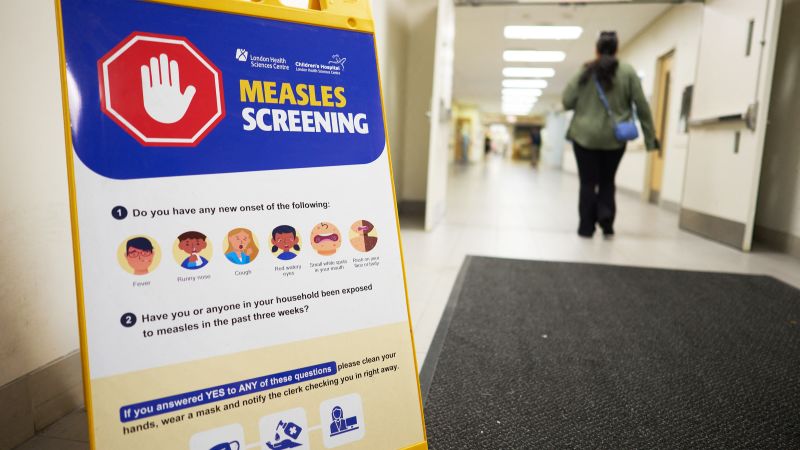Remember measles? For many of us in North America, it’s a disease we thought was relegated to history books, a scary ghost from childhood stories our grandparents told. Canada achieved its measles-free status in 1998, and the U.S. followed suit in 2000. That’s nearly a quarter-century of not having to worry about sustained transmission. But here’s the unsettling truth: that hard-won victory is now hanging by a thread, with both nations potentially on the cusp of losing this crucial public health milestone.
The “Measles-Free” Status: More Than Just a Title
First, let’s clarify what “measles-free” actually means. It doesn’t mean zero cases. Due to global travel, it’s entirely possible for someone to contract measles abroad and bring it into the country. What it does mean is that there’s no sustained, ongoing transmission of the virus within the population. We’ve had robust immunity levels, thanks to widespread vaccination, which acts as a protective shield – a concept known as herd immunity. Measles is incredibly contagious; one infected person can spread it to up to 18 others in an unvaccinated community. It’s not just a childhood rash; it can lead to serious complications like pneumonia, encephalitis (brain swelling), and even death. Keeping it out has been a testament to effective public health measures.
Why Are We Seeing This Unwelcome Comeback?
So, why the sudden threat to our measles-free status? The answer, unfortunately, isn’t simple, but it largely boils down to a decline in vaccination rates. Over the past few years, a combination of factors – including misinformation spreading online, vaccine hesitancy, and disruptions to routine healthcare during the pandemic – has led to a dip in the number of people getting vaccinated. When vaccination rates fall below the critical threshold (typically around 95% for measles), the collective shield of herd immunity weakens, creating vulnerable pockets where the virus can take hold and spread rapidly. Add to this the constant stream of international travel, and imported cases can quickly become local outbreaks. “It’s truly heartbreaking to see a disease we had effectively conquered begin to re-emerge,” says Sarah Chen, a community health advocate. “We trusted science to protect our kids, and now we need to remind everyone why that trust is so vital.”
Reclaiming Our Shield: What Comes Next?
The good news is that this isn’t an irreversible slide into the past. We have the tools and the knowledge to reinforce our defenses. The path forward involves a multi-pronged approach: accurate information needs to counter misinformation, encouraging open dialogue with healthcare providers. We need to ensure easy access to vaccinations for everyone who needs them. Parents and individuals should verify their own and their children’s vaccination status. This isn’t just about personal protection; it’s a community responsibility. By maintaining high vaccination rates, we protect not only ourselves but also those who can’t be vaccinated, like infants too young for the shot or individuals with compromised immune systems. Let’s not let a preventable disease steal away a quarter-century of progress.
Losing measles-free status would be a significant setback, signaling a regression in public health that none of us want to see. It’s a stark reminder that even seemingly vanquished diseases can return if we let our guard down. The power to prevent this future is literally in our hands – or rather, in our arms. Let’s remember the incredible impact of vaccination and work together to keep measles where it belongs: in the history books.




